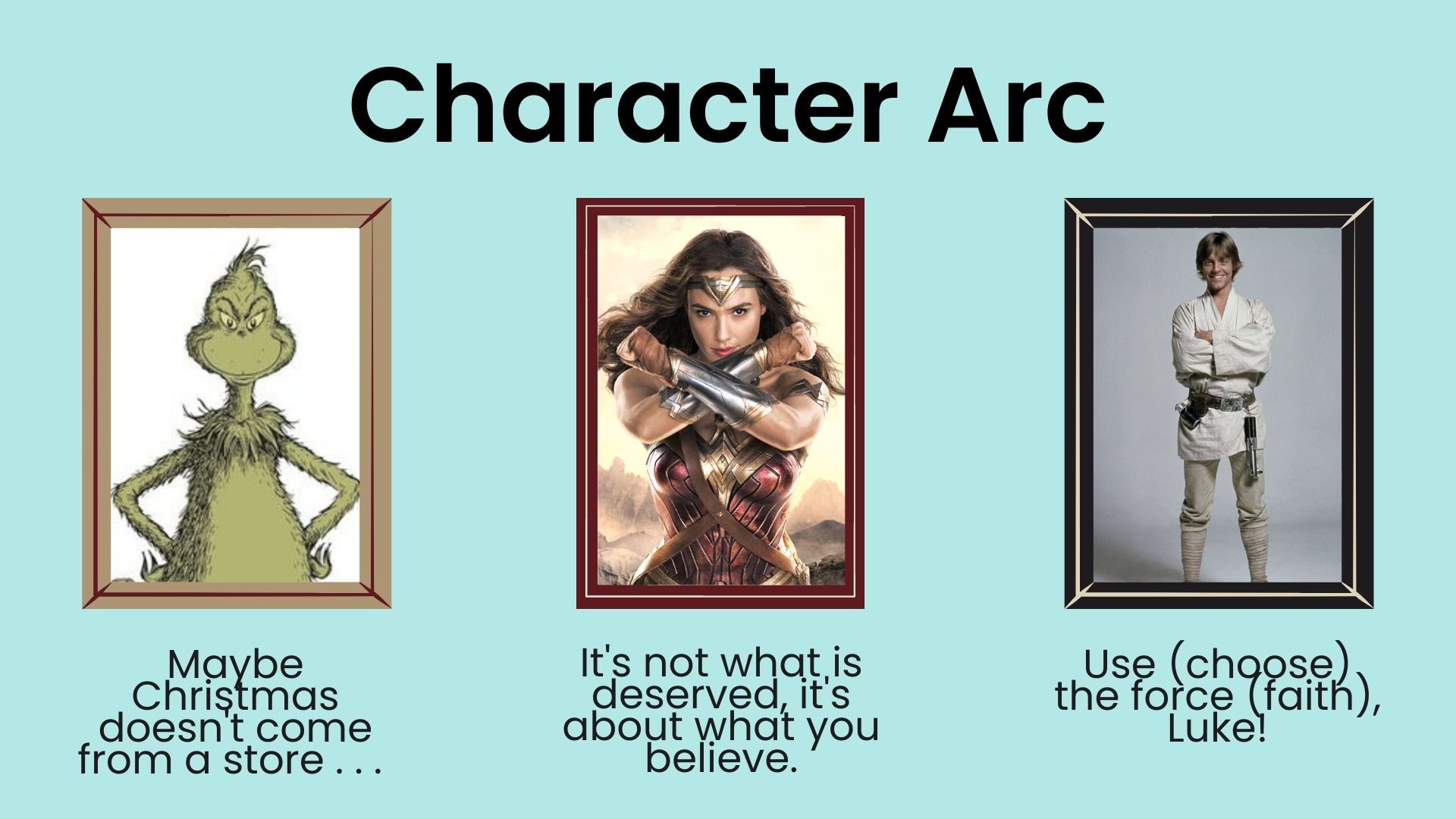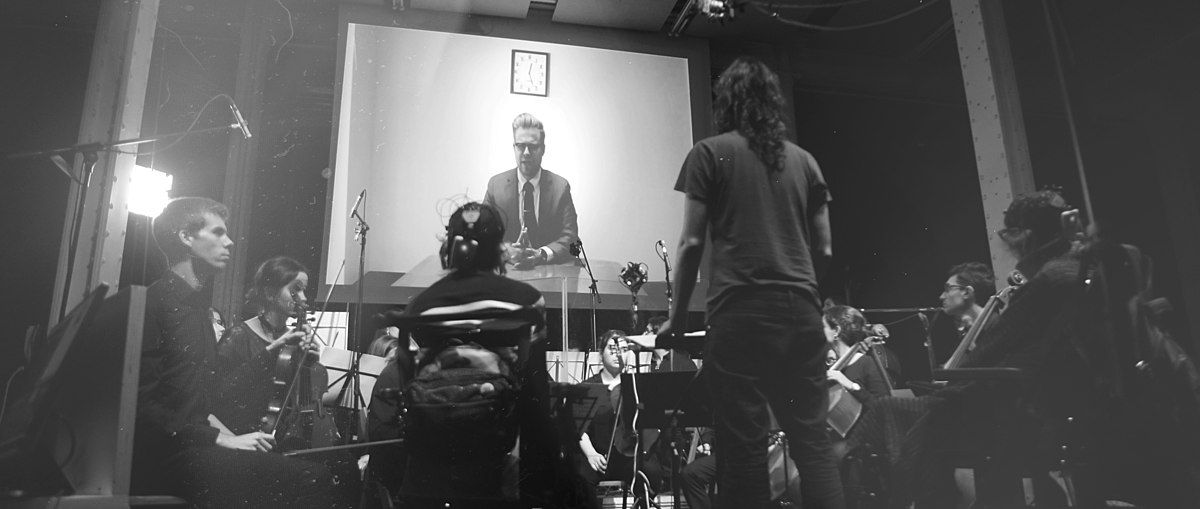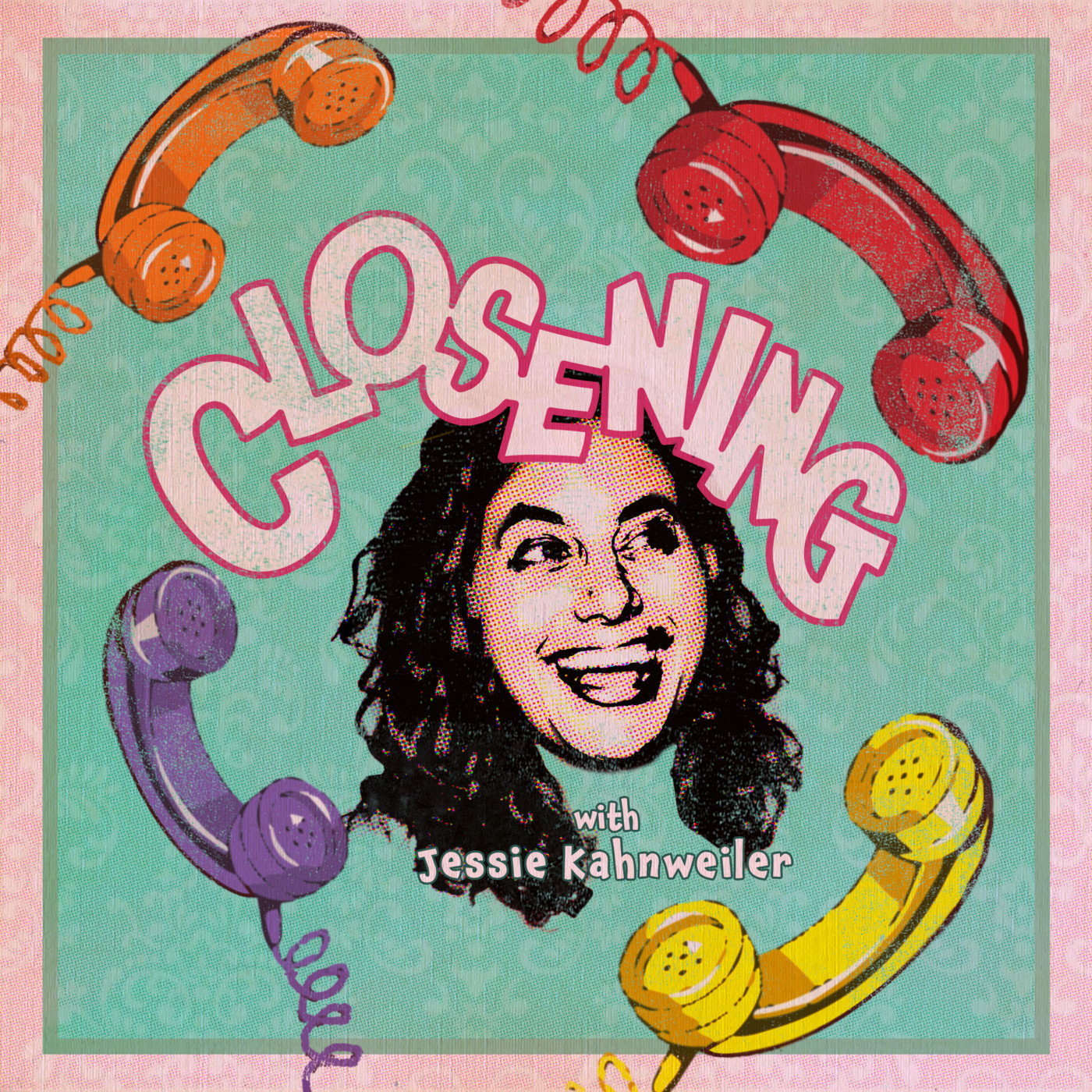The Renaissance of Novellas: Embracing Brevity in a Busy World
In an age when time is a luxury many can't afford, the once overlooked novella is experiencing a renaissance. This literary form, typically spanning 17,500 to 40,000 words—a gray area between a short story and a full-length novel—is now winning the hearts of readers and writers alike. But what is fueling this resurgence, and why should the modern reader consider the novella as a formidable form of storytelling?
For starters, the novella's constrained length allows authors to explore themes and characters with more depth than a short story permits, but with a brevity that speaks to the perennially busy reader. It's a middle ground that offers a satisfying narrative experience, which one can often consume in a single sitting. This potency of storytelling is not just a recent discovery. Dating back to the early Renaissance, novellas such as Giovanni Boccaccio's "The Decameron" and Geoffrey Chaucer’s "The Canterbury Tales," though quite distinct from the tight, modern novella, planted the seeds for concise storytelling.
The attention span of readers is a contested issue with some camp defending the undiminished concentration of the contemporary audience, while others lamenting the dwindling patience for the sprawling novel. Yet, studies have shown a preference for shorter reading sessions, possibly due to the rise of mobile reading and the chunking of time between daily responsibilities. In this context, novellas can quench a reader's thirst for literary depth without the commitment demanded by a tome.
The publishing industry isn't blind to this trend. As the market becomes increasingly saturated with content, publishers have begun to shed the former bias against shorter works. Technology also plays a key role, with e-readers and online platforms providing the perfect medium for novellas. Cost and risk are lower for publishers when printing shorter works, and the ease of downloading a novella fits seamlessly into the digital lifestyle of the contemporary reader.
Moreover, literary awards have begun to spotlight the novella, bringing it to the forefront of serious literature. The Man Booker International Prize and the National Book Awards, among others, have recognized novellas within their ranks of lauded works, providing prestige and attention that further stimulate reader interest. International literature, in particular, has seen the novella flourish, with works from across the globe being more accessible and digestible for a broad readership.
As we move further into the 21st century, the form shows no signs of slowing down. A growing constellation of authors has embraced the novella. From Ian McEwan's "On Chesil Beach" to Chimamanda Ngozi Adichie's "We Should All Be Feminists," there's a novella for every taste. Award-winning author George Saunders, with his Booker Prize-winning "Lincoln in the Bardo," blurred the lines between the novella and the novel, showcasing the form's flexibility and potential for innovation.
Yet the rise of novellas is not solely a Western phenomenon. Latin American writers like Samanta Schweblin with her haunting "Fever Dream", and the poignant storytelling found in the works of Japanese writer Yoko Ogawa, evidence a global culmination of concise literary artistry. And as translated literature becomes increasingly significant in English-speaking markets, novellas serve as the perfect vessel for cross-cultural exchange—they are long enough to provide immersion, yet concise enough to appeal to those intimidated by longer foreign works.
However, the heartbeat of the novella's appeal goes deeper than economics or trendiness—it is an appreciation for writing that must be tight, evocative, and without an ounce of waste._affordable, the once overlooked novella is experiencing a renaissance. This literary form, typically spanning 17,500 to 40,000 words—a gray area between a short story and a full-length novel—is now winning the hearts of readers and writers alike. But what is fueling this resurgence, and why should the modern reader consider the novella as a formidable form of storytelling?
For starters, the novella's constrained length allows authors to explore themes and characters with more depth than a short story permits, but with a brevity that speaks to the perennially busy reader. It's a middle ground that offers a satisfying narrative experience, which one can often consume in a single sitting. This potency of storytelling is not just a recent discovery. Dating back to the early Renaissance, novellas such as Giovanni Boccaccio's "The Decameron" and Geoffrey Chaucer’s "The Canterbury Tales," though quite distinct from the tight, modern novella, planted the seeds for concise storytelling.
The attention span of readers is a contested issue with some camp defending the undiminished concentration of the contemporary audience, while others lamenting the dwindling patience for the sprawling novel. Yet, studies have shown a preference for shorter reading sessions, possibly due to the rise of mobile reading and the chunking of time between daily responsibilities. In this context, novellas can quench a reader's thirst for literary depth without the commitment demanded by a tome.
The publishing industry isn't blind to this trend. As the market becomes increasingly saturated with content, publishers have begun to shed the former bias against shorter works. Technology also plays a key role, with e-readers and online platforms providing the perfect medium for novellas. Cost and risk are lower for publishers when printing shorter works, and the ease of downloading a novella fits seamlessly into the digital lifestyle of the contemporary reader.
Moreover, literary awards have begun to spotlight the novella, bringing it to the forefront of serious literature. The Man Booker International Prize and the National Book Awards, among others, have recognized novellas within their ranks of lauded works, providing prestige and attention that further stimulate reader interest. International literature, in particular, has seen the novella flourish, with works from across the globe being more accessible and digestible for a broad readership.
As we move further into the 21st century, the form shows no signs of slowing down. A growing constellation of authors has embraced the novella. From Ian McEwan's "On Chesil Beach" to Chimamanda Ngozi Adichie's "We Should All Be Feminists," there's a novella for every taste. Award-winning author George Saunders, with his Booker Prize-winning "Lincoln in the Bardo," blurred the lines between the novella and the novel, showcasing the form's flexibility and potential for innovation.
Yet the rise of novellas is not solely a Western phenomenon. Latin American writers like Samanta Schweblin with her haunting "Fever Dream", and the poignant storytelling found in the works of Japanese writer Yoko Ogawa, evidence a global culmination of concise literary artistry. And as translated literature becomes increasingly significant in English-speaking markets, novellas serve as the perfect vessel for cross-cultural exchange—they are long enough to provide immersion, yet concise enough to appeal to those intimidated by longer foreign works.
However, the heartbeat of the novella's appeal goes deeper than economics or trendiness—it is an appreciation for writing that must be tight, evocative, and without an ounce of waste.In this movement toward literary brevity, one could question what writers must sacrifice to fit the mold of the novella. Interestingly, the form doesn't necessarily entail loss but rather invites a distillation of narrative elements. The limited framework propels writers to deliberate over every word, every character arc, every plot twist with meticulous care. This often results in well-crafted, dense prose that can deliver an impactful punch, akin to the strenuous crafting required for poetry. The art of the novella lies not in scarcity, but in precision and focus.
This newfound appreciation for the novella is also a reflection of cultural shifts. In a world of tweets, sound bites, and flash fiction, consumers are becoming attuned to absorb stories in fragmented, yet potent doses. The novella bridges the gap between the rapid-consumption culture and the literary prowess of traditional novels. It is a form that respects the reader's intelligence and time, presenting neither a watered-down version of a narrative nor an intimidatingly vast epic.
The educational sector is catching on, too. Novellas are becoming a staple in syllabi, often used to introduce complex themes and literary techniques to students in a more digestible manner. They serve as an excellent gateway for young readers to delve into literature without the apprehension that might accompany thicker, more daunting texts. Educators find value in the novella as a pedagogical tool, able to stir discussions about narrative structure, character development, and thematic exploration within a timeframe suitable for semester-long studies.
At the intersections of culture, creativity, and commerce, the novella offers a unique proposition: it is at once a salve for the time-starved and a canvas for the artist. It does not ask for the undivided attention of a summer vacation but rather a quiet afternoon or a long commute. For the writer, it is a challenging exercise in restraint and potency, a medium where they can experiment without the sprawl of chapters that a novel demands.
Readers, too, are active participants in the form's resurgence. Book clubs and online literary communities often align their reading lists with shorter works to accommodate the varied schedules of their members. This practice has coaxed more readers into the fold, fostering a communal ethos around literature that can fit into everyone's life. The novella's length encourages a complete reading experience, which is much lauded in discussions and debates, providing a collective sense of accomplishment that might wane with longer, more fragmented reading experiences.
Digital platforms are also democratizing the publishing process, allowing independent authors to share their novellas without awaiting the blessing of traditional publishers. This grassroots movement is not only empowering emerging authors but also diversifying the literary landscape. Such platforms are a haven for genre-bending novellas, speculative fiction, and experimental forms that might not find a home in the mainstream market.
Looking to the future, one might dare to predict that the novella will not only persist but evolve. As consuming media becomes more interactive and immersive, the novella could transition into virtual reality narratives and other multimedia formats. The tight, immersive storytelling required for these mediums parrots the demands of the novella, making it an ideal structure for future technological storytelling.
The resurgence of the novella is thus not merely a trend but a revival of a form that, despite its historical lineage, feels tailor-made for contemporary times. It serves as a reminder that literature adapts and thrives, finding new ways to tell stories that resonate with each successive generation. The novella, with its brevity and depth, loftily stands as a testament to the resiliency and dynamism of the written word.
In the end, the return to favor of the novella is less about the constraints of our times and more about the infinite possibilities that concision brings to the art of storytelling. Its revival offers writers and readers a medium that meets at the intersection of our need for quick engagement and our desire for meaningful, memorable narratives. As we juggle the ceaseless demands of modern life, it is heartening to know that there is a literary form that respects the value of our time while enriching the treasure trove of human experience through story. For in the novella, we find the essence of narrative—a beginning, a middle, and an end—distilled into its most potent form, ready to be consumed, contemplated, and cherished in the brief pauses of our bustling lives.






















Comments